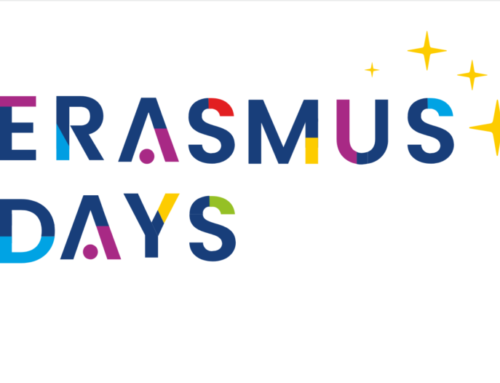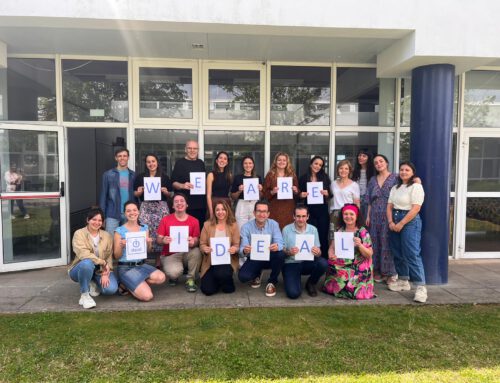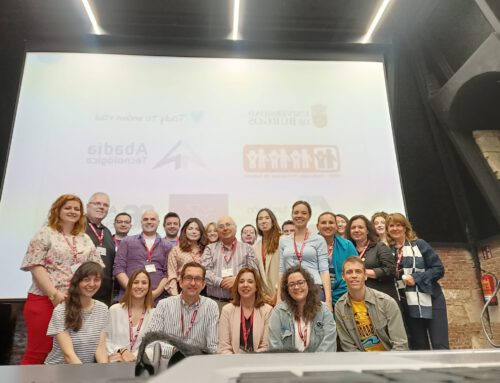In the framework of the IDEAL project, focus groups for autistic people with higher support needs, their families and professionals have been developed in order to detect barriers in the access to technological learning platforms and the use of applications.
Among the preliminary results, we found that the apps that are more easily and independently used are the general ones attracting the whole population, such as Google search engines, image gallery of phones and tablets and YouTube. These apps are used to search for their interests and are accessed from minimally verbal people without written skills, to those with lesser support needs. How they are used is different according to levels of use, age and digital competence, but having visual icons, scrolling or search history are strategies that are used by most.
The most used specific applications are communication, timing and learning apps. In the latter, sounds, visual stimuli as well as positive or negative inputs to showcase success or failure can sometimes make their use more difficult.
The main feedback pointed to the need for universal accessibility, with big tech companies including the possibility of customising stimuli in their social networks and mainstream platforms. The aim is therefore to allow autistic people with varying learning needs to customise learning apps by adjusting colours, sounds, lights and reinforcements to tailor learning as much as possible.






